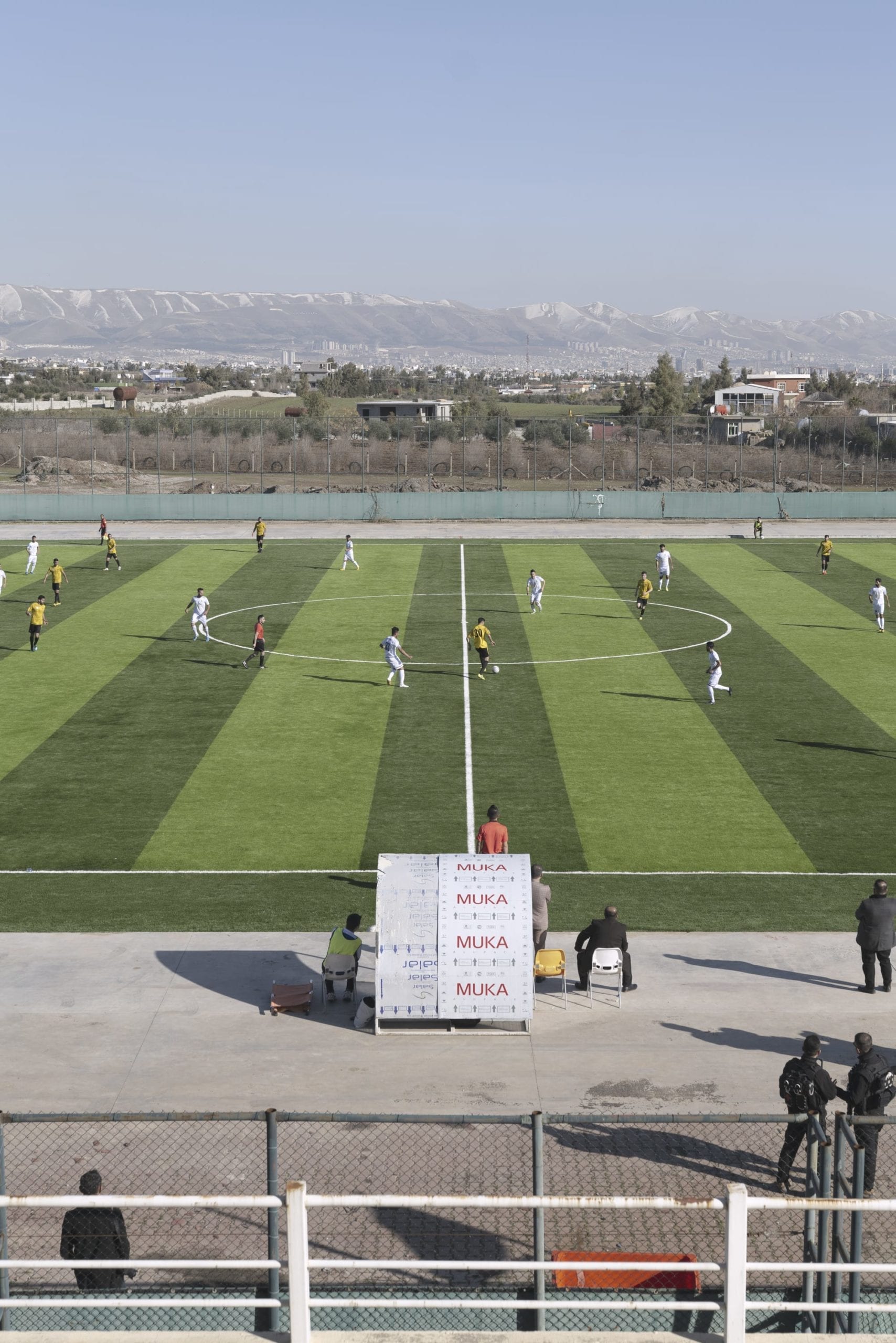The Italian photographer spent years in Iraq focusing on its Shia communities and complicating the idea of ‘social Islam’
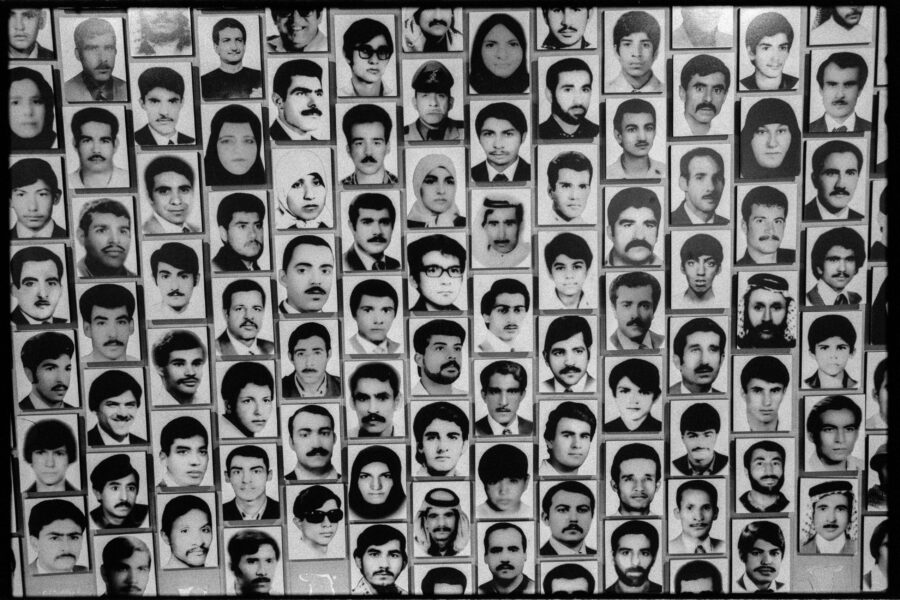

The Italian photographer spent years in Iraq focusing on its Shia communities and complicating the idea of ‘social Islam’
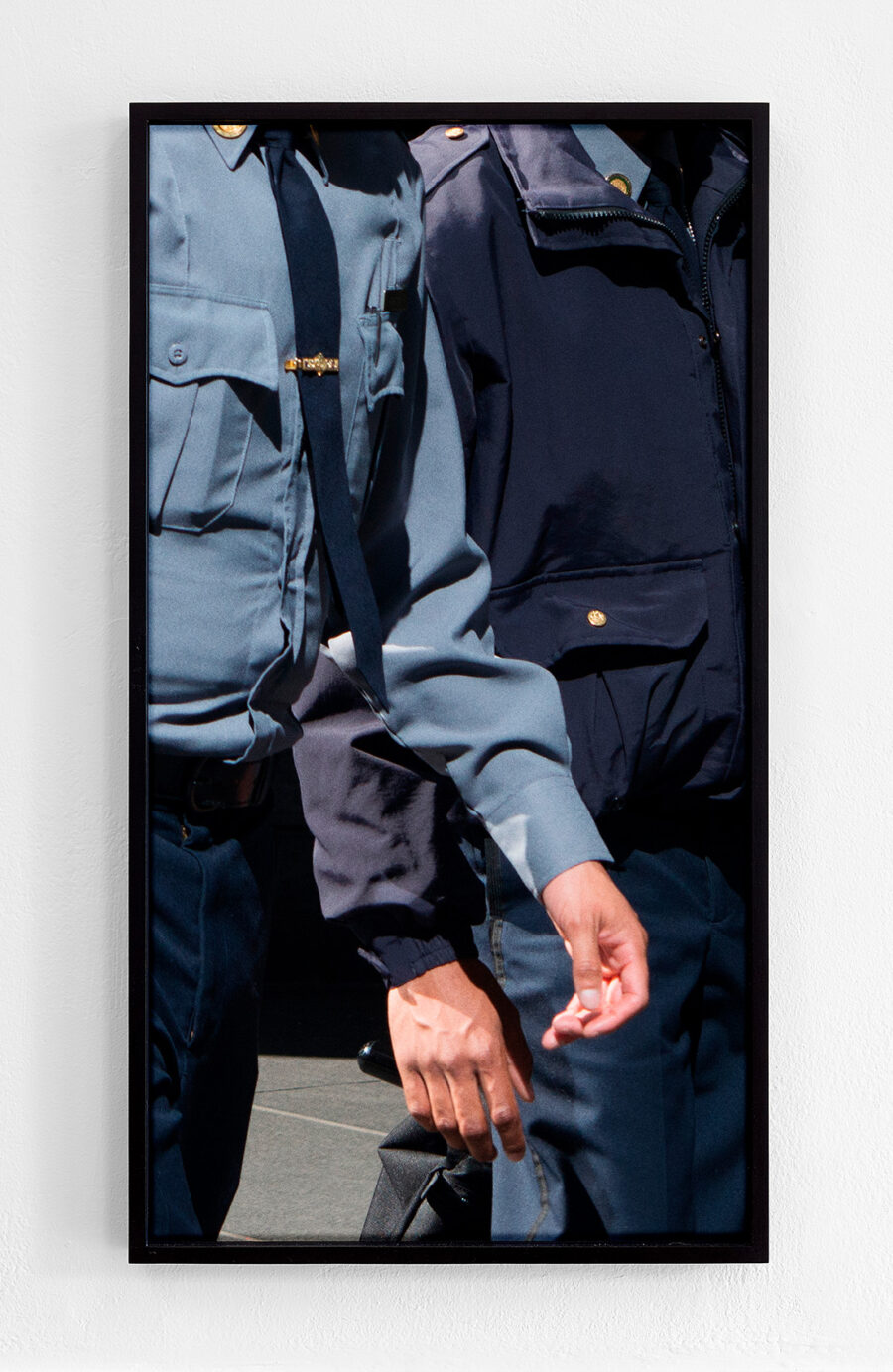
The Greek photographer’s latest solo show blends his photography with found imagery to create an actively critical voice, Phin Jennings finds
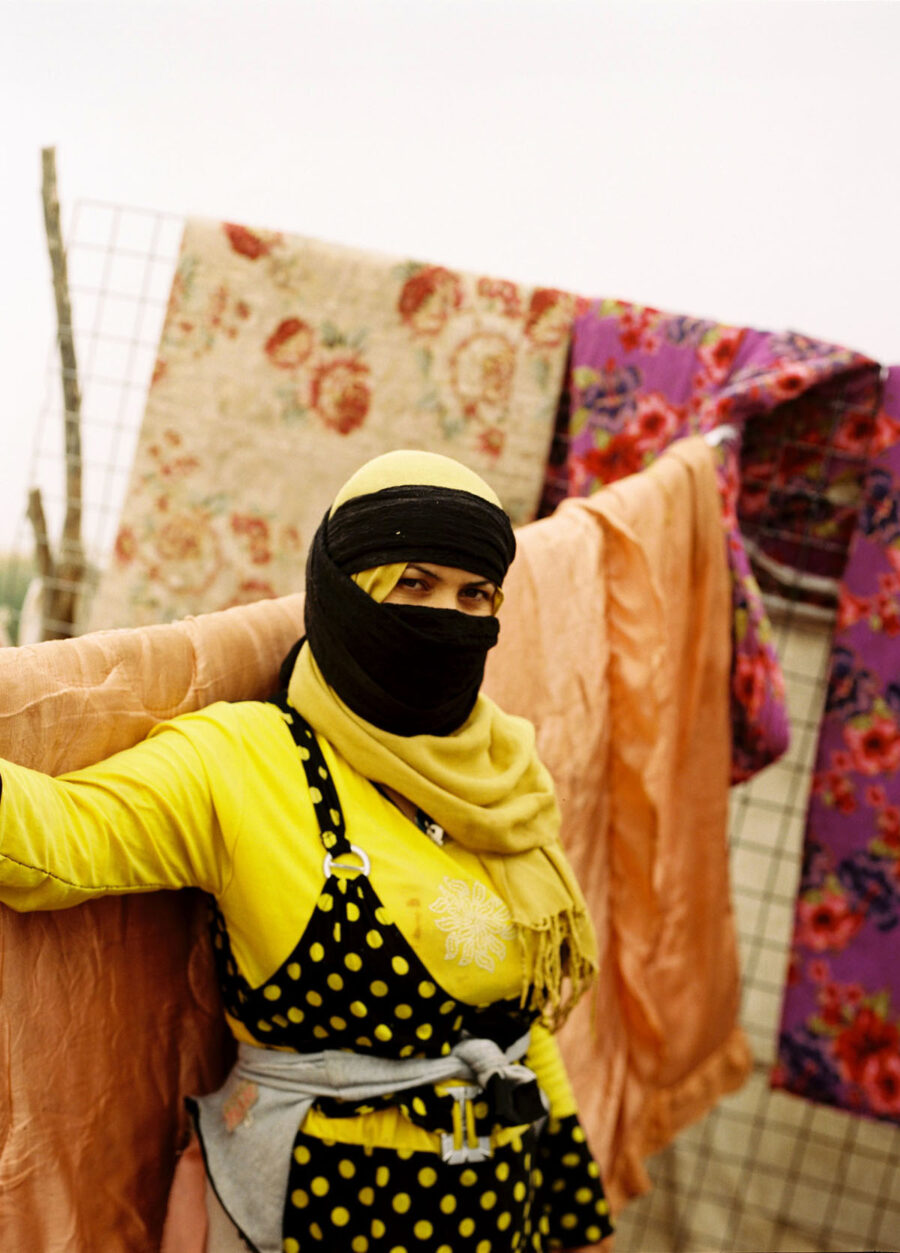
Tamara Abdul Hadi visited the marshes of southern Iraq to reimagine a European photo book about the region made years prior
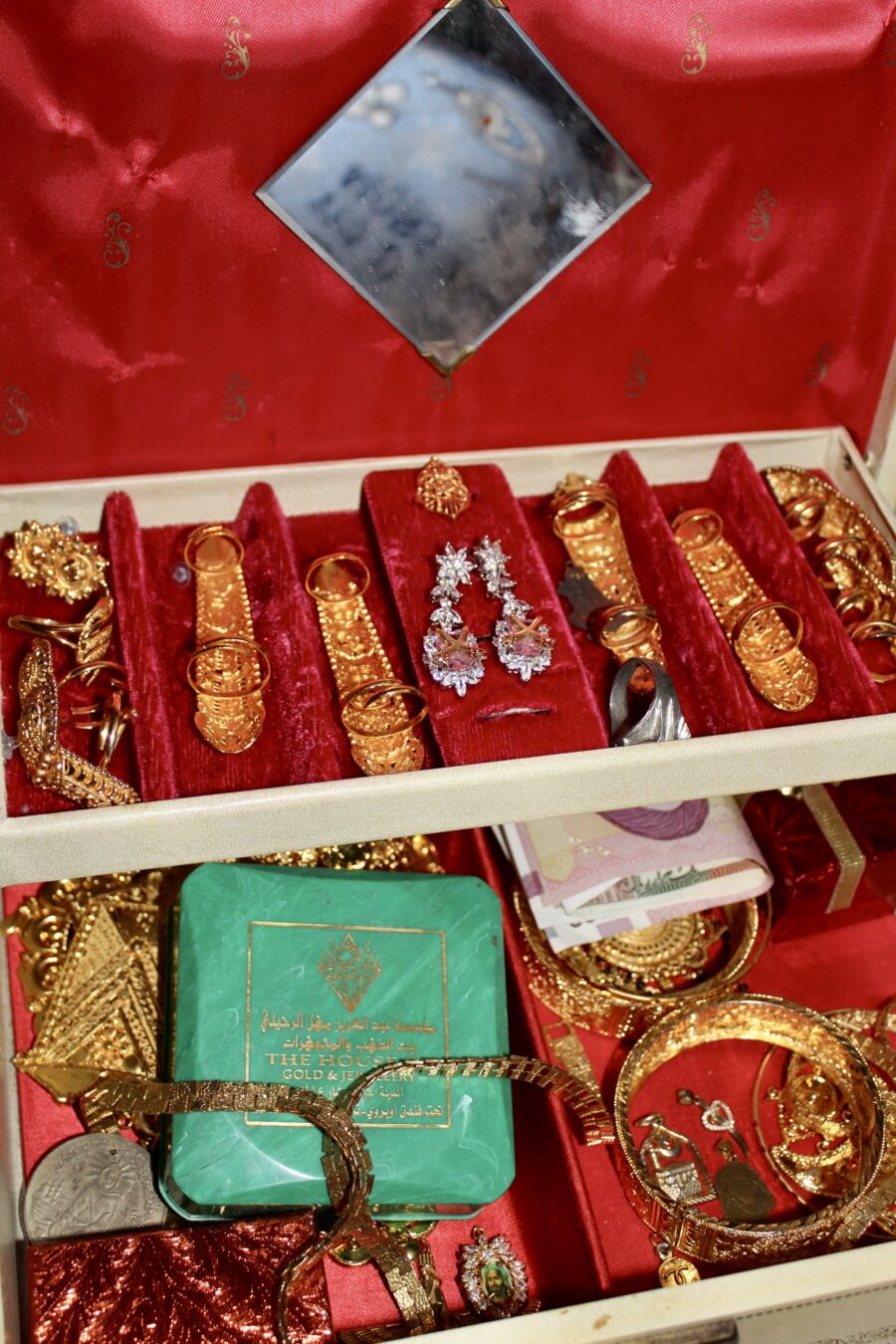
The Iraqi-Iranian artist tells BJP about the story behind her recent project ahead of the 7th edition of the annual Jameel Prize
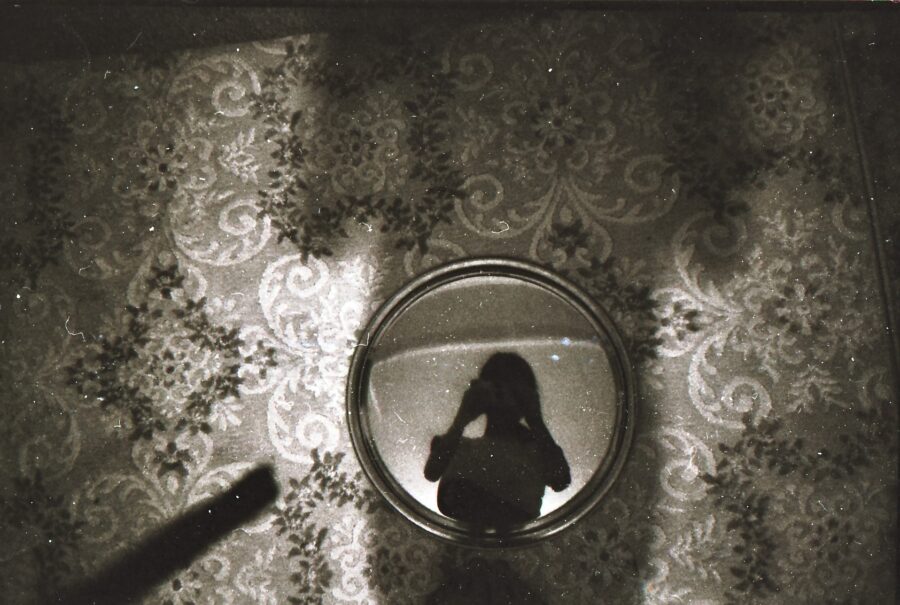
Following on from their last venture, founders Serbest Salih and Amar Kılıç tell BJP about why they use photography with displaced children
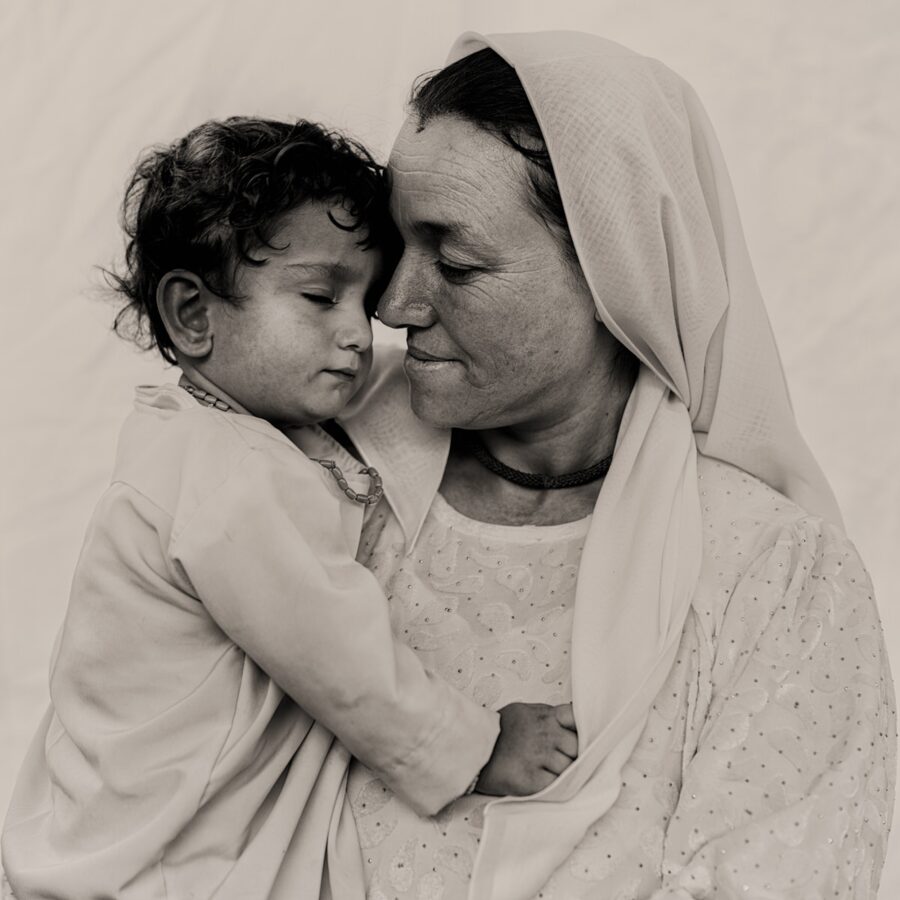
The photographer was commissioned by Save the Children to tell their story a decade after the genocide
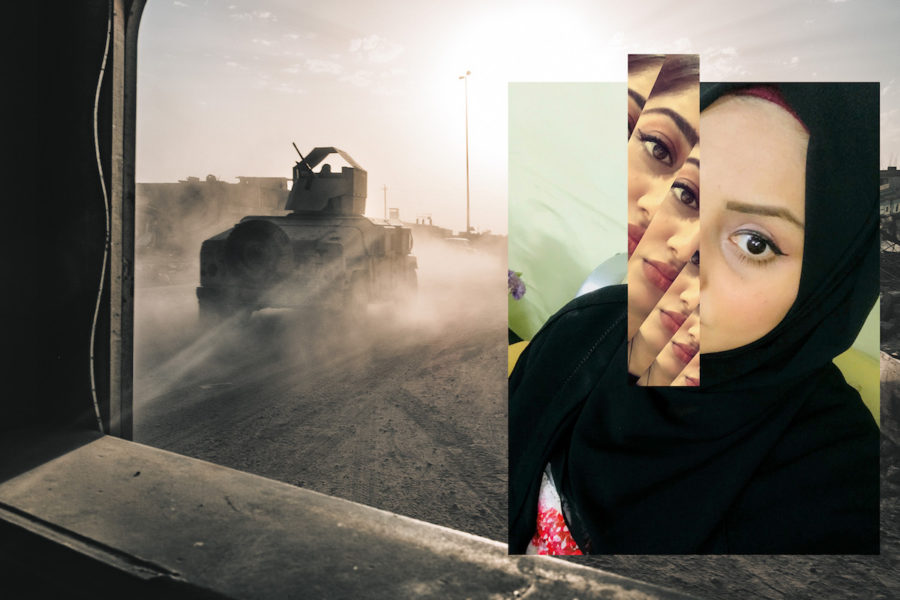
Alexandra Rose Howland’s photobook illuminates the everyday lives of Iraqi civilians, punctuated by fear, loss and violence
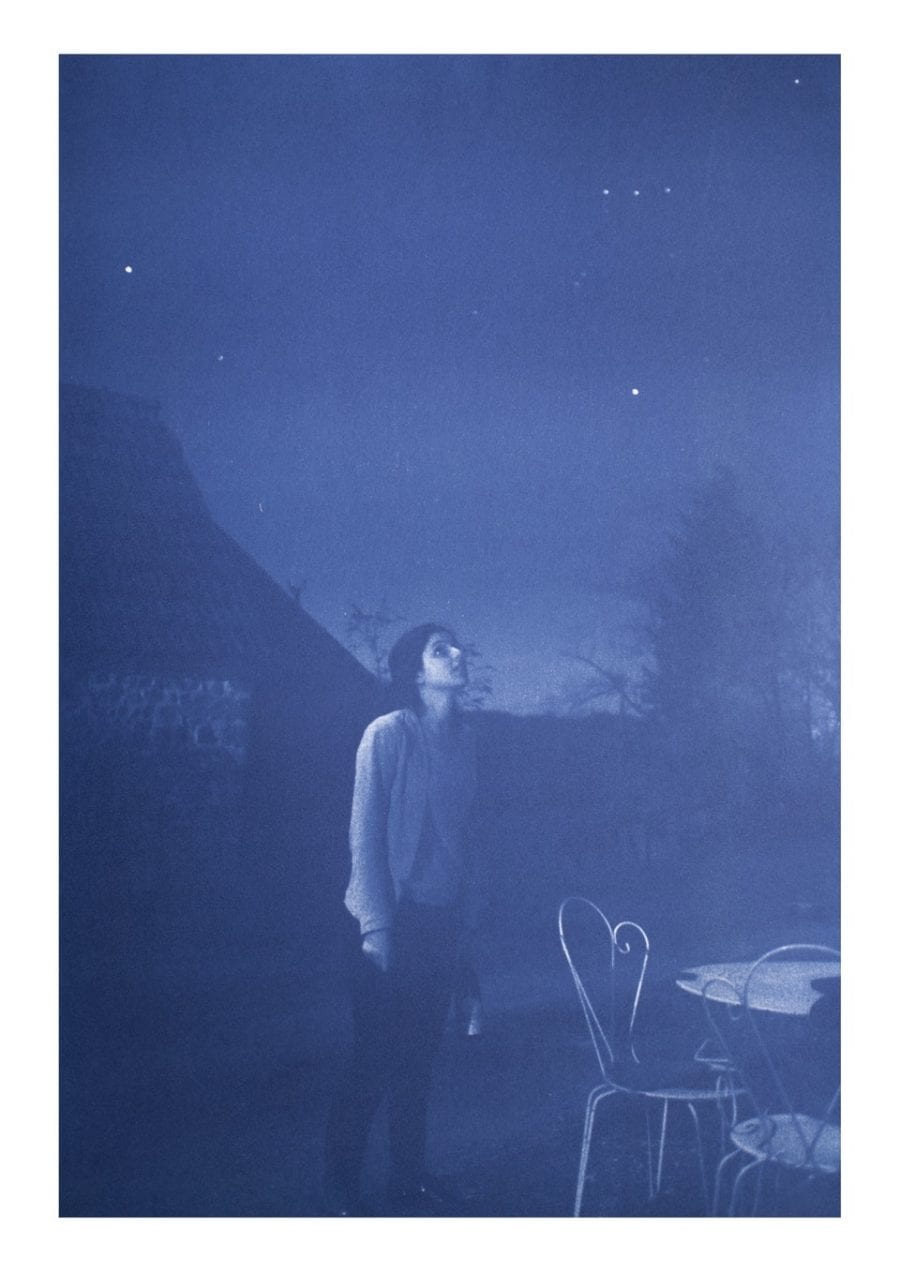
Winner of the BJP International Photography Award 2020, Lhuisset parallels the heroism of Kurdish guerilla fighters in Iraq with their plight once they come to seek refuge in Europe
